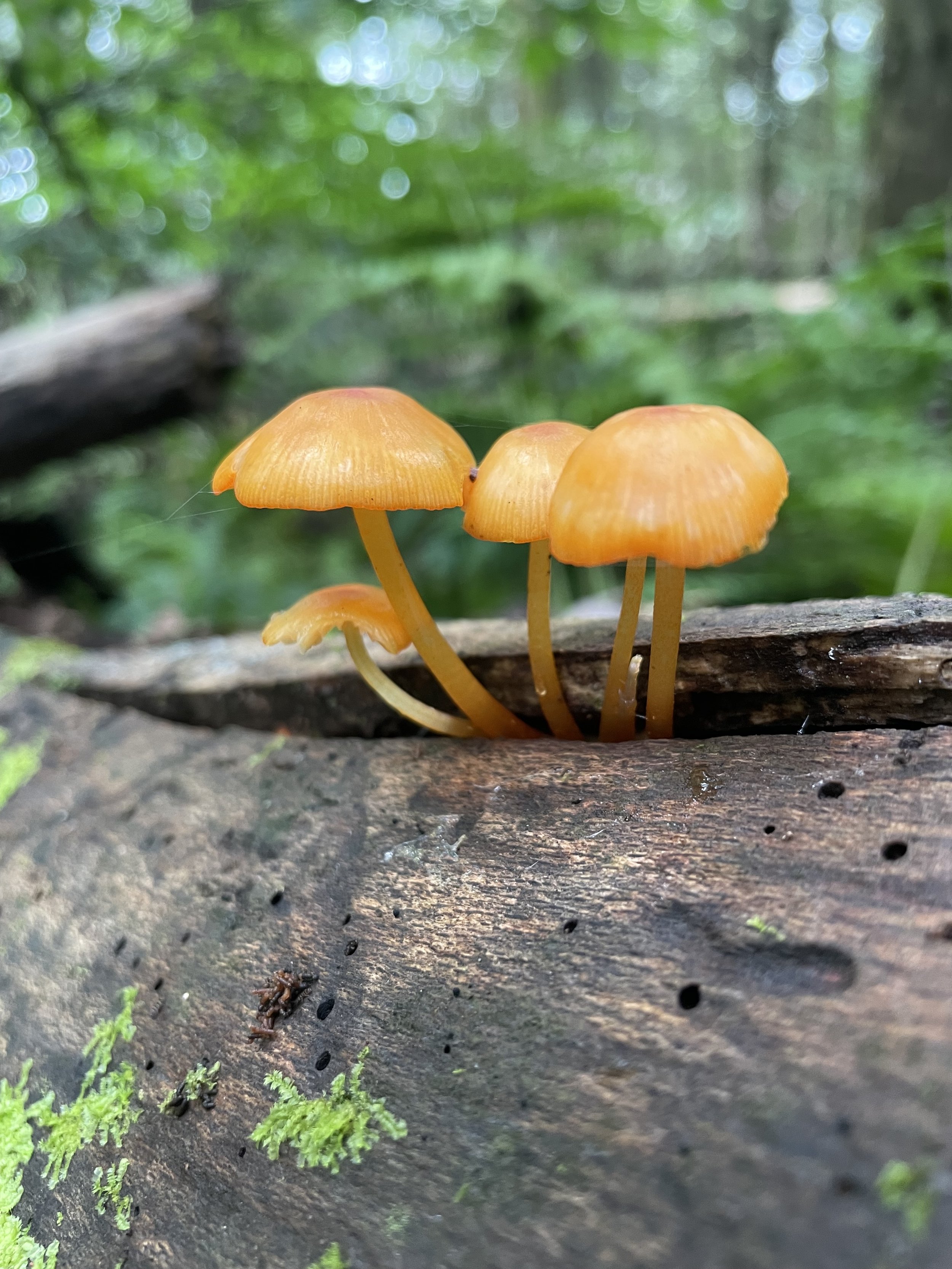
Successful agroforestry requires a shift towards planting as a social and collaborative action, beyond tree planting alone.
Our Mission:
Mycena Agroforestry Initiative’s (MAI) mission is to educate and empower farmers, land stewards, and their communities in the practice of agroforestry to create climate resilient habitats and prolific agricultural ecosystems.
Mycena is Greek for “fungi” and evokes the seen and unseen threads of a network that are needed to sustain a healthy forest ecosystem.
The acronym “MAI” comes from the gender-neutral Japanese name for “dance” (like Maitake mushrooms), encouraging the thoughtful and creative flow of energy toward creating function and beauty.
Our activities:
-

Community Resource Mapping
We facilitate interviews, authentic conversations, and assemblies of farmers and land stewards to capture the perceptions and needs expressed for tree planting and agroforestry work.
The goal is to identify available knowledge, skills, resources, and solutions already practiced that can be scaled up and linked up with others, as well as gaps where more training and resources are needed.
-

Education and Media
In response to the needs arising from the mapping process, we create education and media events that enhance the skill sets, paradigms, and connections to sustain multi-year tree planting efforts.
The topics and foci of these elements will reflect the varied and unique needs present with different places and people, but all center around participatory design and planning for successful tree planting projects.
-

Capacity Building
Once projects are planned sufficiently, existing funding opportunities can be identified to help with implementation, along with small grants provided through Mycena for projects that focus on building local capacity.
A community council engages with the process and helps make decisions around the best ways to redistribute resources to our wider network.
Why we do the work:
Climate change and interlocking systems of oppression threaten agrarian and forest ecosystems, and the communities that depend on them.
Agroforestry, which is the purposeful integration of trees and shrubs into farm ecosystems, has been recognized as a method grounded both in traditional indigenous land stewardship practices and a robust body of scientific research documenting a wide range of other benefits, including:
moderating microclimates and effects of flood and drought
increasing soil health and carbon storage
Improving wildlife habitat
creating shade, shelter, and fodder for livestock
producing tree crops (fruits and nuts)
Yet while tree-based systems offer so much potential, tree planting is more complex than it might seem. Many farmers are not familiar or practiced in the skills of tending to trees, and current funding mechanisms encourage projects to focus on getting as many trees in the ground as quickly as possible. More space and support for adequate planning, site prep, and aftercare of plantings is needed for trees to thrive.
Around the world, humans have not been very successful at large tree planting initiatives, and we can learn from these mistakes and approach from a different angle. A review of tree planting projects and their common patterns suggest that community participation at each stage of the process is critical, building social capacity around planting, which is a multi-year if not multi-generational effort.
Board of Directors
-
Samantha Bosco, PhD
Chair
University of Wisconsin-Madison
Northern Nut Growers Association
Demo Farms Working Group Chair, Agroforestry Coalition
-
Steve Gabriel
-
Jeff Piestrak
-
Jonathan McRay
Advisory Council
Advisory Council
-
COMING SOON!
